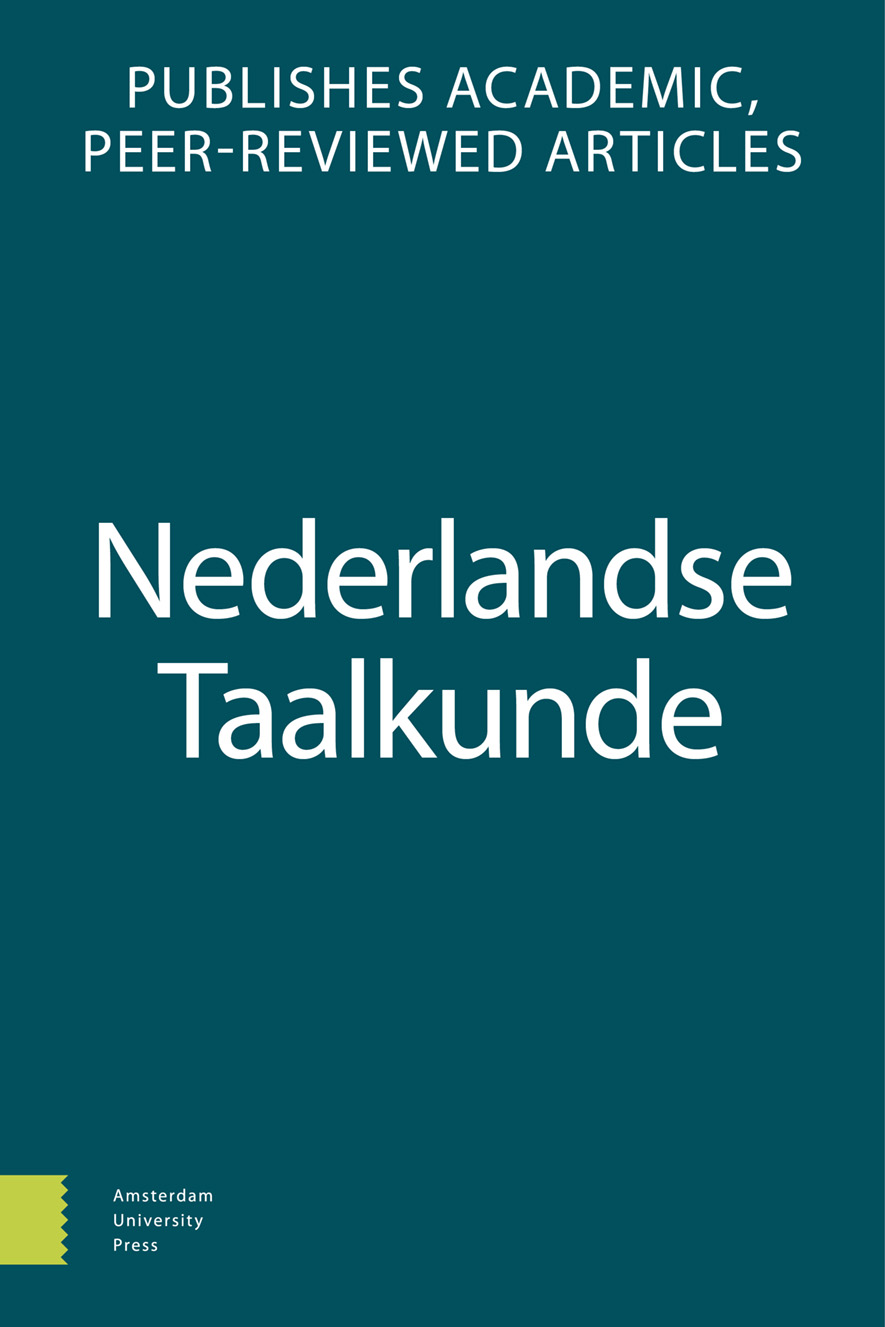-
oa Een onderwerp wat onderzoek behoeft
N.a.v. De Schutter & Kloots 2000
- Amsterdam University Press
- Source: Nederlandse Taalkunde, Volume 25, Issue 2-3, Oct 2020, p. 363 - 369
-
- 01 Oct 2020
Abstract
Abstract
A subject what needs research. Revisiting DeSchutter & Kloots 2000
De Schutter & Kloots (2000) present an explorative analysis of the use of relative pronouns and relative adverbs in seventeenth-century literary Dutch, when w-forms are gradually replacing d-forms. They argue that the incoming w-forms were informal compared to the older d-forms. In the present paper, however, it is argued that recent historical-sociolinguistic research suggests that the new w-forms represented a change from above, and thus did not index informality. More research into changes in relativization is needed, and some suggestions for future research are given at the end of the paper.
© 2020 Amsterdam University Press


